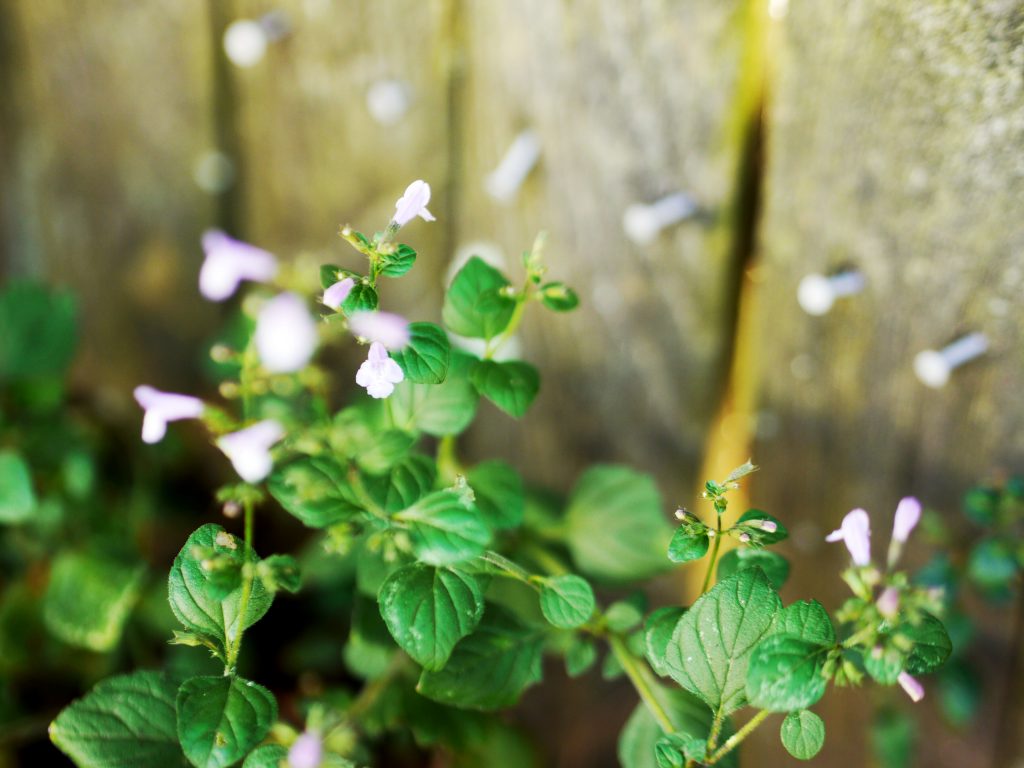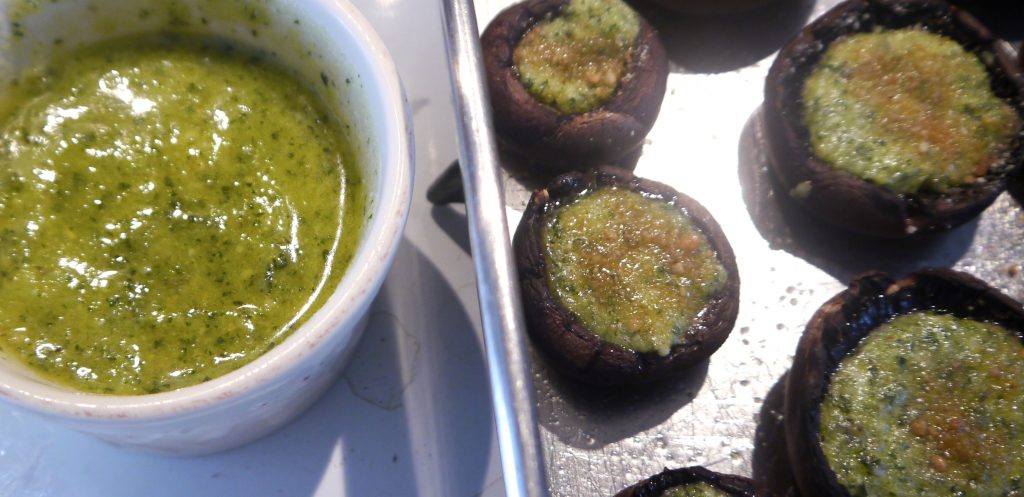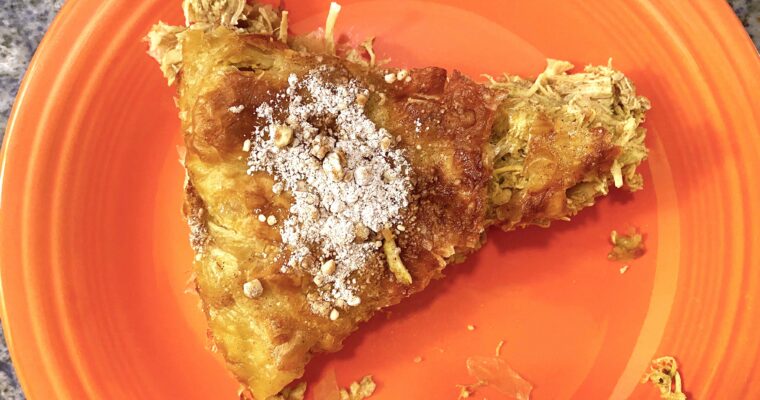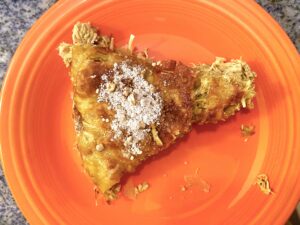Nepitella completes the trifecta of Italian herbs that are a must-have in any Tuscan kitchen. Some describe it as a cross between oregano and mint, but I believe it’s more like a cross between basil and mint. And here’s why:

When I cook, I like to think about music. I often have music playing (and a glass of wine poured) but I’m not talking now about the music I’m listening to. Instead I like to think about bass notes and treble notes or low notes and high notes.
Different flavors elicit different types of notes. Example: salt would be a high note and black pepper would be a low note or bass note. When cooking a red sauce, I often strive to have the flavors balanced between high and low. And adding dried oregano pushes the sauce into the high-note territory and adding dried basil takes it down into the bass category.

Nepitella is definitely in the mint family. It has that high note of mint flavor but with a bass note added; not another high note. Therefore I believe nepitella is more like a combination of both basil and mint. But really, it’s in a class all its own.
When Should You Use Nepitella?
So what do I use it for? There are really only two things I use this herb for: mushrooms and artichokes. Whenever I use mushrooms or artichokes in a recipe, I sprinkle fresh (or in the winter, dried) nepitella on them. It is a perfect compliment.

Where Can You Get Nepitella?
My grandmother brought nepitella seeds back with her from Italy many years ago. She planted them in her garden in Boston and a few years later, nepitella was growing everywhere: in the cracks in the asphalt in her driveway and up against her house as well as in the cracks in the sidewalk around her house.
It is a hearty herb and a pleasant one. What it does is re-seed itself. The green leaves sprout light purple flowers that turn to seed and drop in the ground nearby. And in that way, it spreads itself.

I took a few plants from the cracks in her driveway and planted them in my backyard. And now this delightful herb grows wild around my home: just waiting for me to come pluck a handful whenever I’m cooking fried mushrooms or stuffed artichokes.
Surprisingly, nepitella is getting more popular in the States. A search on Google turned up a few articles and places on where you can order it online. Gourmet Magazine once featured a video on its site with an Italian chef explaining “why you’ve got to get this wild Italian herb into your kitchen.” But then he went and added it to fried crabmeat. That’s a new one on me.
Try These Dishes Using Nepitella
Nepitella and Mushroom Spaghetti: This is a quick and easy meal you can make on a weeknight.
Stuffed Artichokes: A classic Italian side dish that even the Three Stooges can make and eat.

Mushrooms Stuffed with Nepitella Pesto: A buttery and earthy flavor combination.











